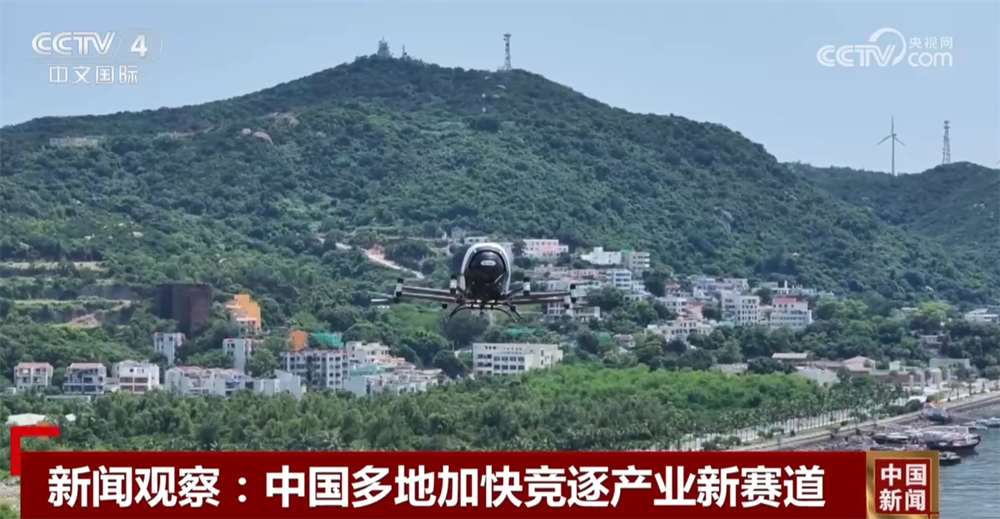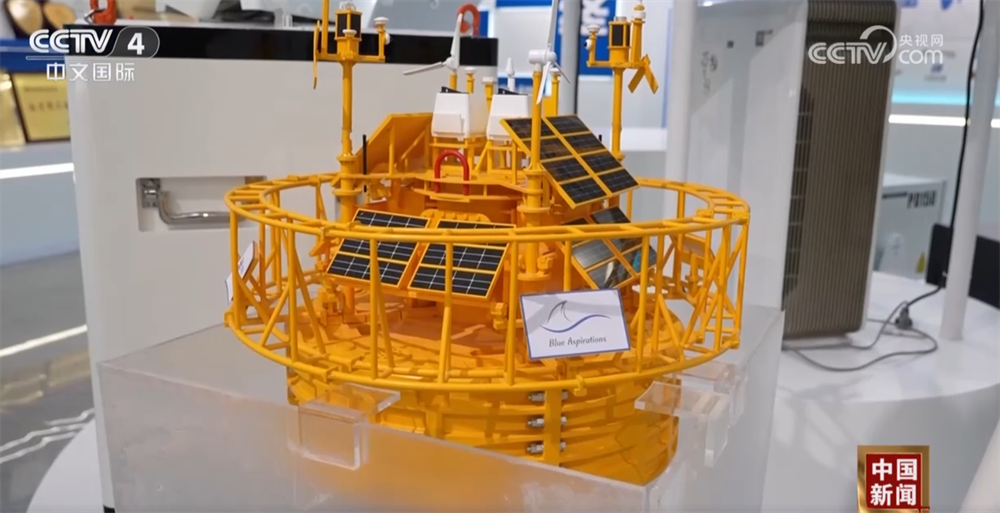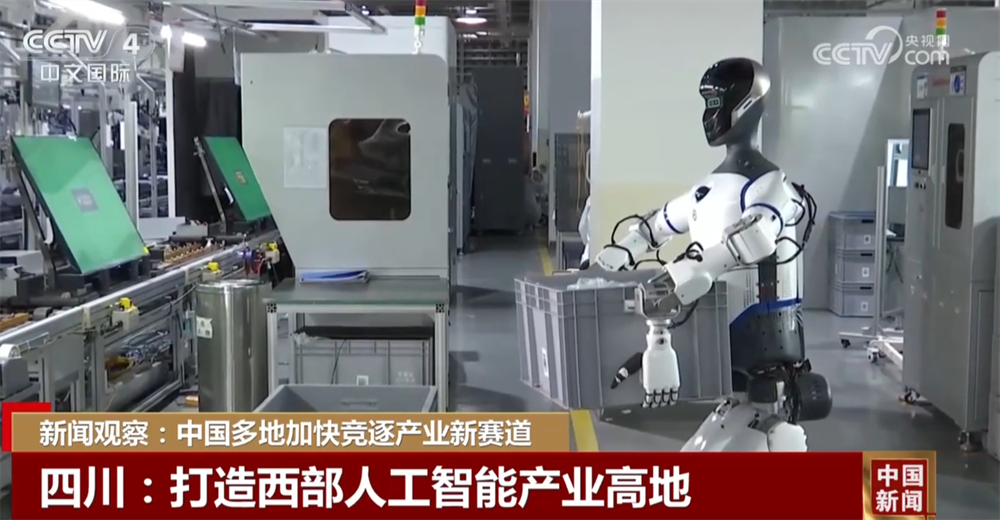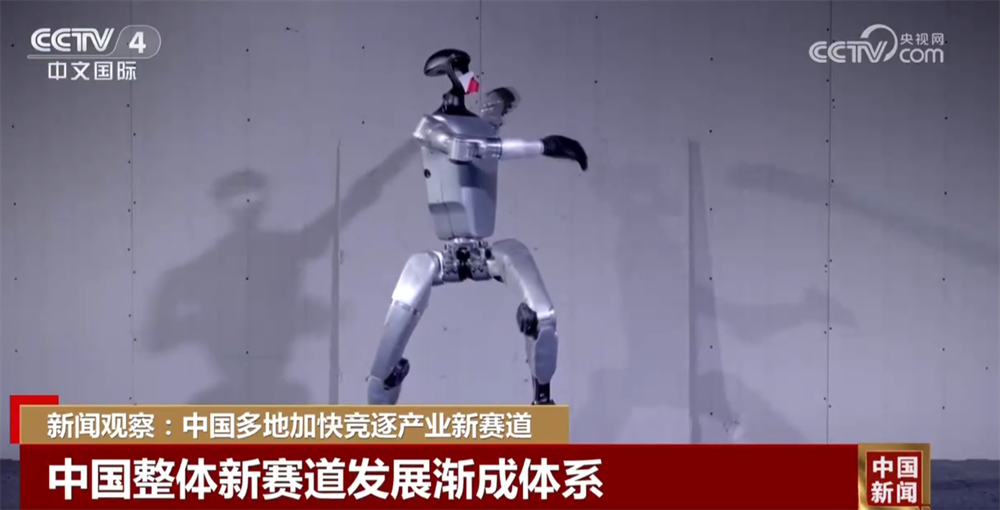CCTV News: From the popularity of the domestic big model of DeepSeek to the stunning appearance of humanoid robots in the Spring Festival Gala, from the first time that "unicorns" and "gazelle enterprises" were written into the government work report, to the intensive introduction of new quality productivity development plans in various places. Since the beginning of this year, various parts of China have been striving to lay out new tracks for industrial development such as low-altitude economy and humanoid robots, and reconstruct the industrial competition pattern with technological breakthroughs and scenario innovation.

Benefiting from the rapid development of China's new energy industry and low-altitude economy, a company in Nanjing, Jiangsu has developed and produced a number of wind measurement lidar and intelligent monitoring equipment. The product output doubled in the first quarter of this year, and the products have been built and put into use in many key cities.

Yang Yali, Jiangsu Nanjing Mulai Laser Technology Co., Ltd. said: "The low-altitude economy has extremely high micro-scale requirements for meteorological data. Through multi-model fusion technology and hardware upgrades, we have built a high-resolution three-dimensional low-meteorological service system, reducing the meteorology from the traditional kilometers-level resolution to 10 meters."
Jiangsu Province recently proposed that by 2027, the province will open up 20 leading new tracks in China, cultivate 80 unicorn enterprises and 38,000 high-tech enterprises, and the output value of high-tech industries will reach 65%.

Artificial intelligence has been included in the "No. 1 Innovation Project" of Sichuan Province since 2024, and the local area has accelerated the layout of emerging industries represented by artificial intelligence. In a robot company in Mianyang, Sichuan, technicians are speeding up the commissioning of humanoid robots that are about to be delivered.
Fan Yiwen, marketing manager of Tianlian Robots, said: "We are currently rushing to make product orders for the next two months. The products will be sent to East China and South China, mainly used in education and research fields."

Big cities such as Beijing, Shenzhen and Hangzhou are also conducting differentiated competition around the "track business card". Beijing currently has 115 unicorn companies, and its number and valuation continue to be the first in the country. Hangzhou strives to build a "Six Little Dragon" enterprise cluster. Shenzhen proposes to cultivate a total of 1,000 gazelle enterprises and 80 unicorn enterprises by 2027, and build Shenzhen into a highland of gazelle enterprises and unicorn enterprises with international influence.

Wu Wensheng, director of the Beijing Great Wall Enterprise Strategy Institute, said: "All cities in various places participate in the competition of the new track according to the characteristics of resource endowments and adapt to local conditions, which will further enhance the development level of the new track."

In addition to "single-soldier advancement" in some specific tracks, China's overall new track development has gradually become a system, covering all aspects of the industrial field. The "China New Track System Development Report 2025" released recently shows that in 2025, China's new track system has formed 6 major directions, 28 main tracks and 103 new tracks, and the fission and expansion of new tracks in the direction of industry, digital and technological are accelerating.